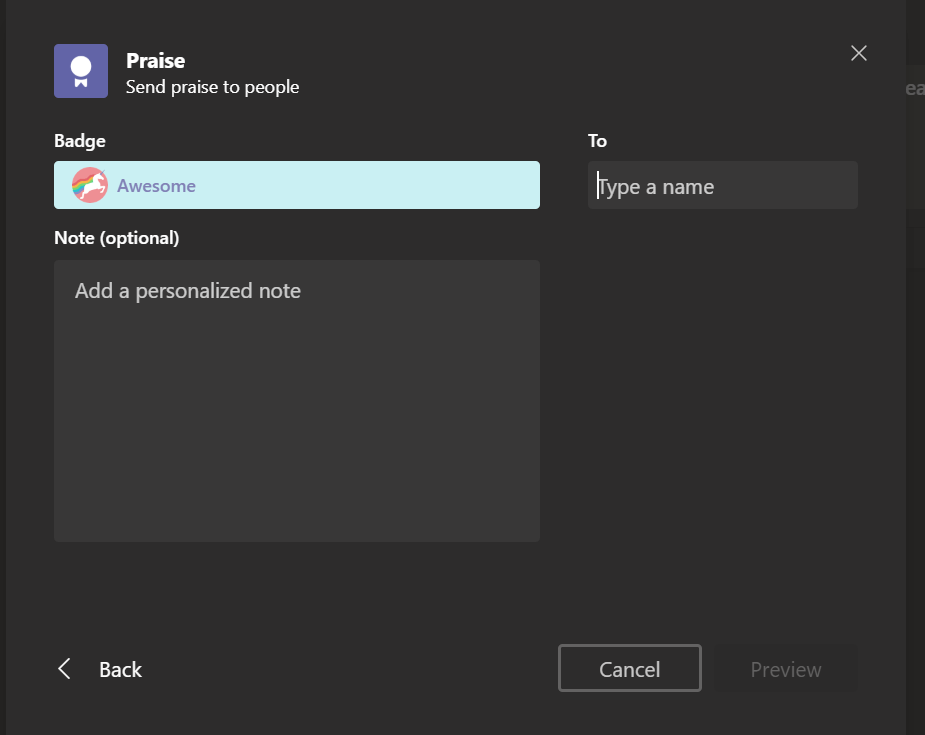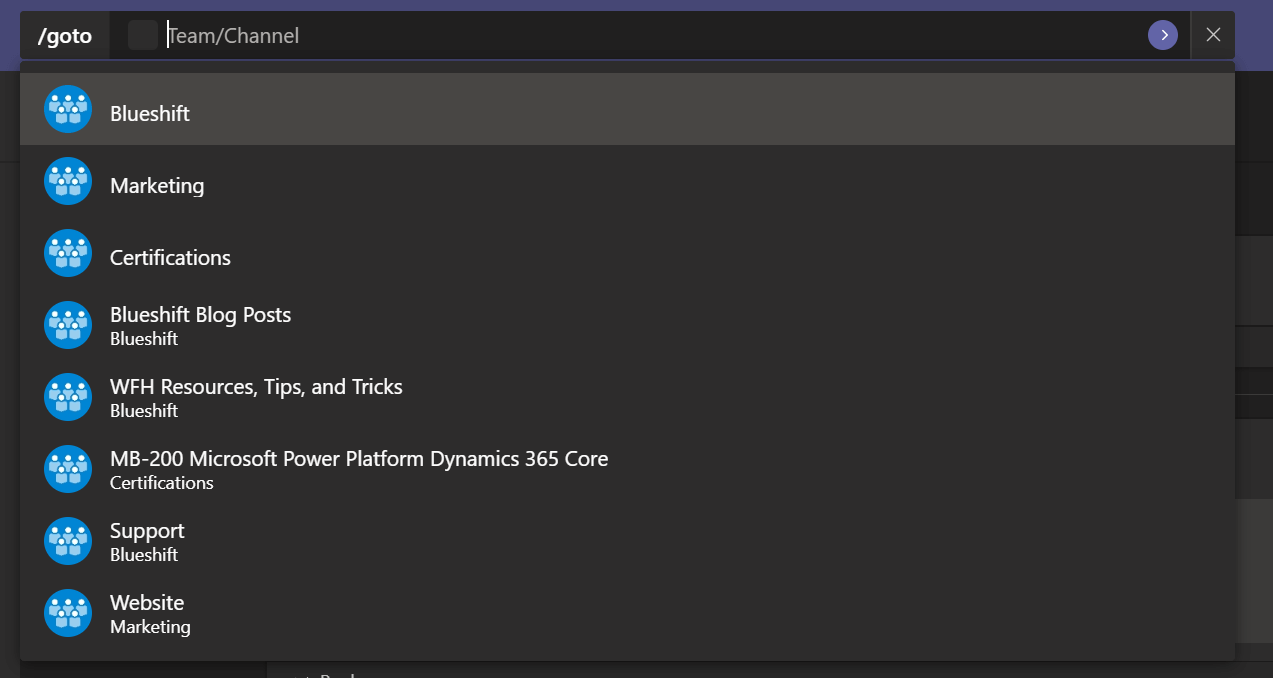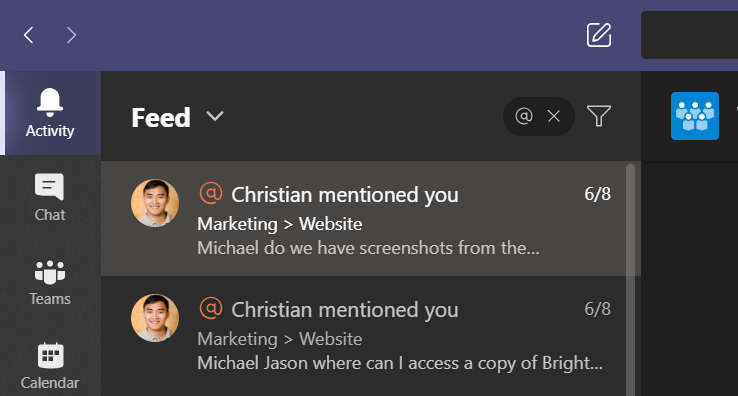You’ve mastered the ins and outs of day-to-day Teams usage. You are seamlessly moving from channel conversations to chat, and flipping between Teams meetings like a pro. You are even recognized regularly as the one who posts the best cat gifs on your team. Thanks to articles like this one, Teams is a key tool in your daily toolbox, not a distraction.
It is time, Grasshopper, to take your Teams skills to the next level by learning what the Command Bar is, and how using it will save you time and unlock new functionality.
Most people start using the Command Bar as a search tool to find files, conversations, and other information in Teams. It also provides shortcuts to apps, people, and different functionality through the use of @ commands and / commands. In this article, I’m going to share a few of my favourite commands and how you can use them to the greatest advantage.
@ Commands
Get started simply by typing “@” in the bar, and a list of options will be displayed. Recent users you have interacted with, and apps that you have used will be listed here.

These are a few of my favourite uses of these commands.
Quickly send a chat message from wherever you are in Teams. By using the @ and someone’s name, I can send them quick message without ever leaving what I’m doing. I frequently use this while reviewing a Planner board, to follow up with one of our staff on something that is coming due soon, rather than navigating to chat and then coming back to Planner to try and figure out where I left off.

Quickly take action using an app that has been deployed to Teams, by using @ plus the app name. Just hit enter and the app will launch. Saves a ton of time when I just want to give my colleague a shoutout.

Praise is a great example, since who doesn’t love a rainbow unicorn badge when they are working hard? Pro Tip: Triggering this from within a private chat will auto-fill the person that you are chatting with in the “To:” field.

/ Commands
While @ Commands will let you get some common tasks done quickly, or to leverage apps contextually, slash Commands are when you’ll really start getting into high gear. You can get started by simply typing “/” in the Command Bar.

First up, toggle your Teams status in a flash by typing "/" and the status you want to set. This is particularly fantastic when I need to very quickly set my status to Do Not Disturb as I get pulled into another project:
- /available
- /away
- /brb
- /busy
- /dnd
Find information quickly across Teams by using any of the following:
/files – this will take me to a view of all of my recently opened files, regardless of where they are stored. You can further type the file name to further narrow down the list.

/goto – Quickly skip to another Team or channel, no matter where you are.

These will all take to a filtered view of your Activity Feed, as appropriate, allowing you to jump directly to a review of your saved items, or all of those mentions that you may or may not have lost track of over the course of the day. I use these religiously at the end of each day to make sure that I have caught and followed up on everything I need to.
- /mentions
- /saved
- /unread

Finally, you really should take a look at /keys. This command will display a list of all the keyboard shortcuts available in Teams. I can tell you that I couldn’t possibly remember all of them, but there are a couple I use regularly (Ctrl+Shift+M saves my butt in so many meetings while working from home with teenagers, you never know when you need to mute super fast!).
Remember, this isn’t a full list of everything you can do, so take some time to see what’s under the hood, use the tips above, and see what else might work really well to save you a bit of time every day.



